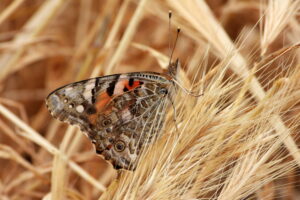
Where the Wild Things Thrive
The signs of spring are starting to crop up on campus: buzzing hummingbirds, chirping squirrels, and blooming flowers. UCLA is not just a habitat for Bruins — we share the…

The signs of spring are starting to crop up on campus: buzzing hummingbirds, chirping squirrels, and blooming flowers. UCLA is not just a habitat for Bruins — we share the…

By Liz Kennedy Director of Ethical Labor and Sustainability at Trademarks & Licensing, ASUCLA While we all remain vigilant to be safe and not crowded inside during the coming holiday…